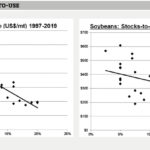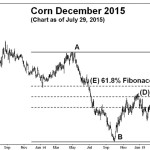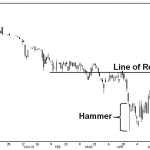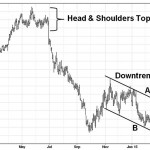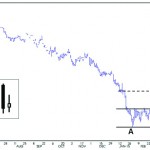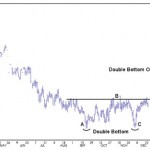SPRING Farmers face tighter margins as commodity prices plunge and input costs hold firm
Commodity prices are at least a third lower than last year and input prices are stubbornly high, so farmers will need a spring strategy to squeeze every dollar from every acre, experts warn. “There’s going to be pressure on the margins for pretty much most of the crops that we grow in Manitoba and across



